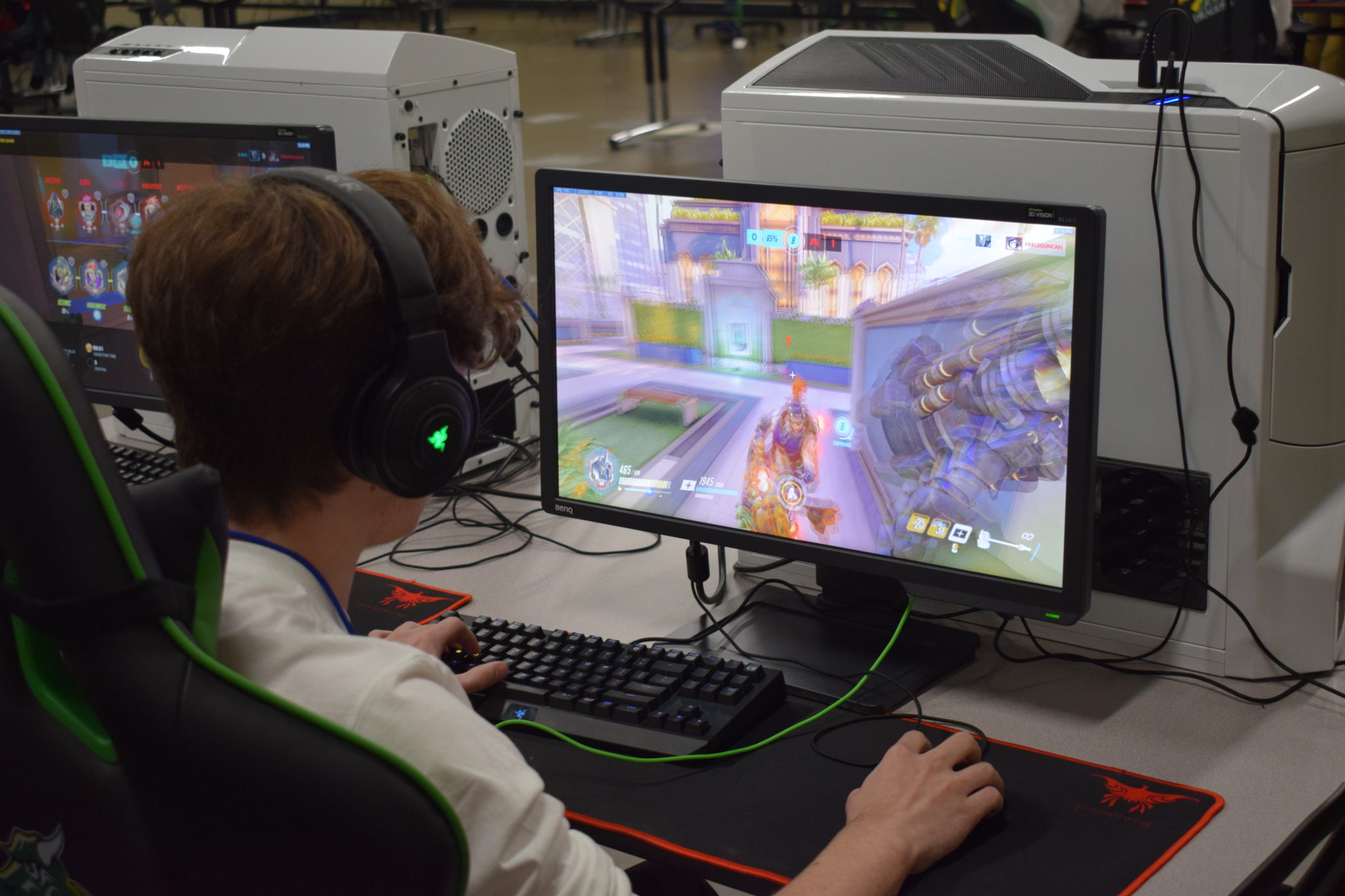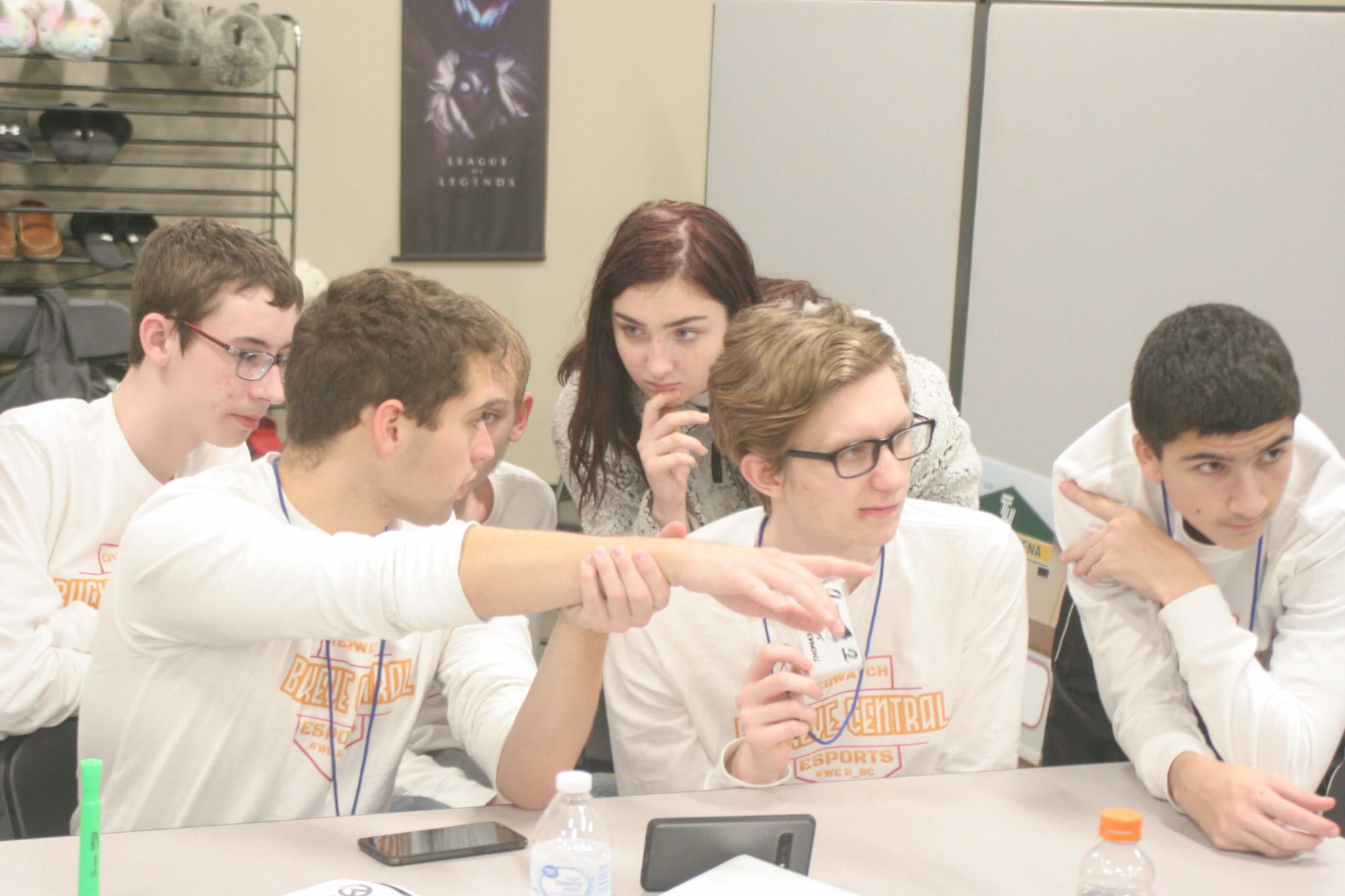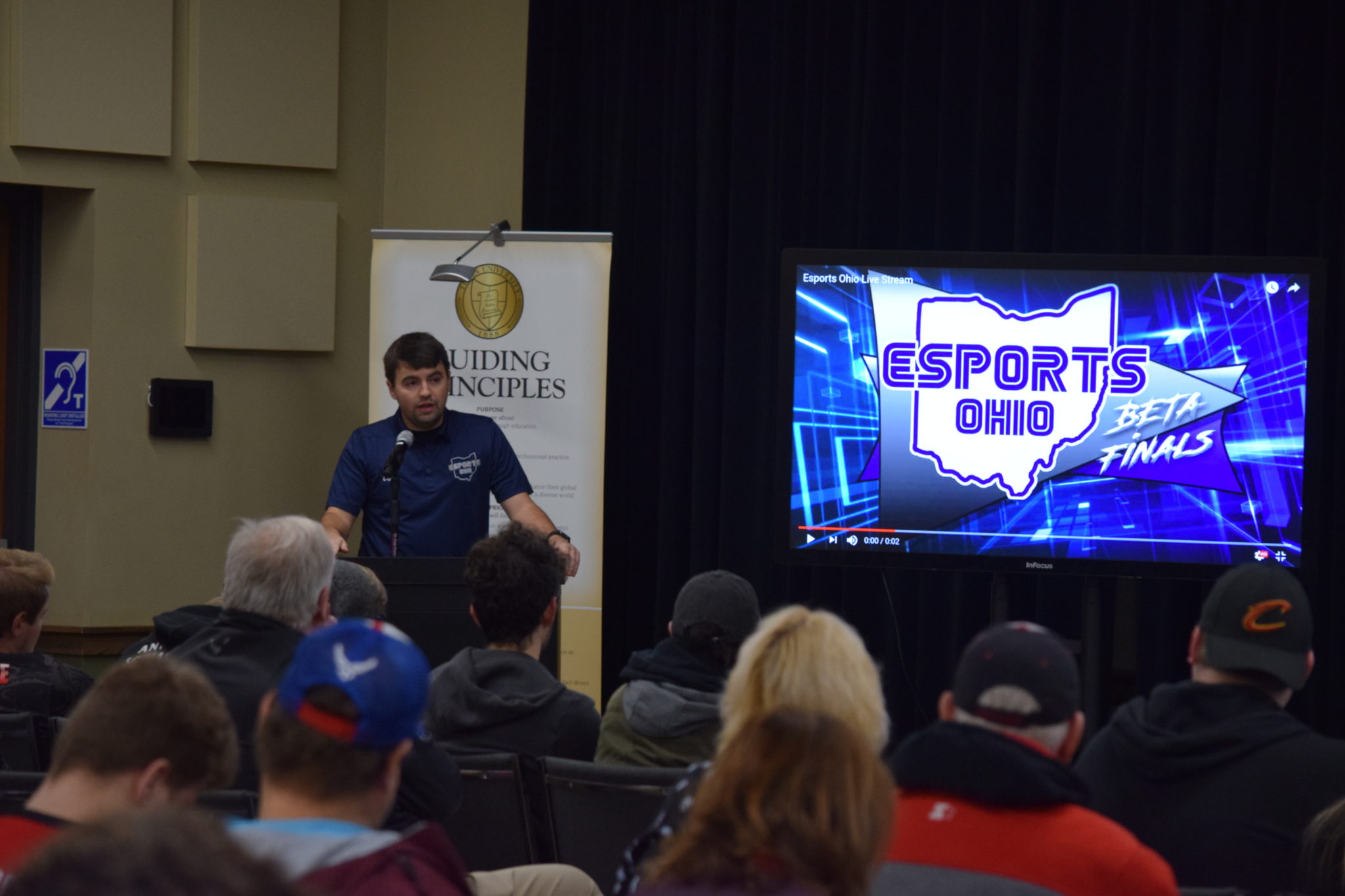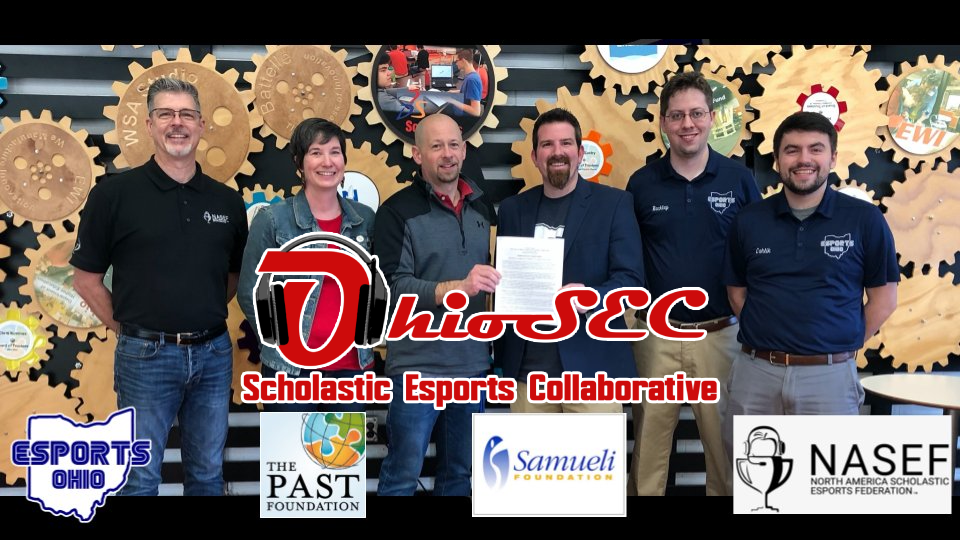Thanks to the educational non-profit Esports Ohio, competitive esports – or sports competition using video games – have flourished in the state on the high school level. Since 2018, team esport contests have grown to include more than 2,600 student competitors from more than 130 Ohio school districts.
To harness that student interest in esports on the scholastic side, Esports Ohio has partnered with the PAST Foundation and the North America Scholastic Esports Federation to create the Ohio Scholastic Esports Collaborative. The collaborative aims to help teachers offer academic opportunities with esports in their schools. To tell us more about competitive esports in Ohio and the new academic initiative, we contacted Nick Rider and Andrew Bruening.
Rider is the founder and president of Esports Ohio, which specializes in the organization, oversight and competition structure of scholastic esports at the high school level. He is also director of technology for the Carey Exempted Village School District in northwestern Ohio’s Wyandot County. Bruening is the programs innovation officer at the PAST Foundation – a non-profit, Columbus-based organization that helps schools develop transformative learning strategies – and was a founding faculty member of Metro Early College High School in Columbus.
Rider and Bruening will also present on November 12 @ 4:00 pm – 5:00 pm in a special panel for Ohio educators. Read on for their answers about esports and much more:
Q: Tell us about competitive esports on the high school level in Ohio – who is involved, what types of games are played and how are the competitions conducted?
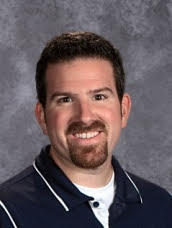 Rider: For the past 2 ½ years, Esports Ohio has organized high school competitions across esports titles that align to the pathways offered at the collegiate level. Esports Ohio’s premier game titles are age-appropriate – rated either “Teen” or “Everyone” – so that all students age 13 and older can participate safely. These games also represent the main genres played at the collegiate level and offer scholarship and academic opportunities for students.
Rider: For the past 2 ½ years, Esports Ohio has organized high school competitions across esports titles that align to the pathways offered at the collegiate level. Esports Ohio’s premier game titles are age-appropriate – rated either “Teen” or “Everyone” – so that all students age 13 and older can participate safely. These games also represent the main genres played at the collegiate level and offer scholarship and academic opportunities for students.
The Esports Ohio board is made up of five Ohio volunteer district educators and school staff members as well as two esports advisory council members who help structure rules, develop guidelines for play and ensure a safe experience for all students.
During each academic school year, there are two seasons of esports competitions, spring and fall. Each season aligns with the Ohio High School Athletic Association athletic calendar and spans a seven-week regular season with a post-season and finals tournament.
No commuting or bus transportation is required for competitions; all regular-season matches are completed from the students’ home school district. To promote the proper oversight and to bring legitimacy to high school esports, Esports Ohio requires all participating programs to have proper adult oversight with building administrator approval and a dedicated competition space with the proper equipment to compete.
We offer competitive play in seven games – League of Legends, Overwatch, Super Smash Bros. Ultimate, Rocket League, Fortnite, Hearthstone and Valorant. School districts can compete in as many games as they wish, based on their number of student participants and their available equipment. We offer three levels of play: Varsity, Junior Varsity and Club. All competitions must begin by 4 p.m. on their scheduled match day, and all scheduling and match communication is done via Discord, the communication platform for Esports Ohio.
Each game is played with a different number of student competitors and across different platforms such as PC, console and mobile. League of Legends is a free game that is played on PC in teams of five. Overwatch costs $20 and is played on PC in teams of six. Super Smash Bros. Ultimate is a console game that is played on Nintendo Switch and is played one vs. one in teams of five. Valorant is a free game that is played on PC in teams of five. Rocket League is a free game that is cross-platform (works on console and PC) and is played in teams of three. Fortnite is a free game that is cross-platform and structured to be played in teams of six. Hearthstone is a free game that is cross-platform and structured to be played in teams of three.
Schools sign up on a per season basis for the games they wish to compete in, and conferences and schedules are formed by the Esports Ohio Board of Directors for a seven-week season. Conference finalists and wild card winners are then invited to a post-season tournament that culminates in an in-person state finals tournament at an Ohio collegiate esports arena. This showcase of Ohio’s top esports athletes opens the door to academic and competitive opportunities at the university level for all participants.
Discussion on Esports in Ohio |
| November 12 @ 4:00 pm – 5:00 pm
Join Esports Ohio and the PAST Foundation for a panel discussion on esports. Whether you’re interested in starting an esports team, starting a club, or incorporating esports into a class, this panel discussion will help you get your team started, get you connected with resources from the Ohio Scholastic Esports Collaborative, and answer your questions about the benefits of esports. Panelists:
|
Q: How do competitive esports benefit the players?
Rider: Seventy-five percent of all students who compete with Esports Ohio do so as their first-ever extracurricular sport. This is the first time many of these students can develop soft skills in communication, collaboration, teamwork, overcoming adversity and developing social intelligence.
Students also can investigate passions that could lead to future collegiate and career opportunities not just in esports, but also in related fields such as broadcasting, graphic design, social media, marketing, animation, IT, streaming, coaching, analysis, entrepreneurship and much more.
Several Ohio universities also offer collegiate scholarships to participate in competitive esports programs as well as academic esports programs. Many of our programs’ students never thought of going to college until they realized the potential that they have through harnessing their passions in esports.
Q: Tell us about the collaboration between the PAST Foundation and Esports Ohio to help connect competitive esports and learning.
Rider: Esports Ohio and the PAST Foundation joined forces with the North America Scholastic Esports Federation (NASEF) to create the Ohio Scholastic Esports Collaborative. Several school districts that participated in the competitive side of esports with tremendous student interest looked to branch out in offering academic opportunities with esports in their schools.
NASEF had been developing a curriculum to align to English language arts standards in California. The PAST Foundation staff members are experts in aligning curriculum and developing innovative programs, and we’re a natural fit to crosswalk the NASEF curriculum to the Ohio state standards for school districts. The PAST Foundation also specializes in training teachers and will bring that expertise in helping teachers begin their own esports programs and aligning curricular goals and outcomes to those programs.
The three groups are a seamless fit that braid competitive esports with scholastic and academic STEM curriculum to positively impact students across Ohio. We hope to be an esports framework that other states can adopt to connect the curricular and competitive esports opportunities, much like a VEX, FIRST Robotics or a DECA program.
Q: What does this collaboration hope to produce?
Rider: From the competitive side of things, we hope to offer two regular seasons per school year with a yearly coach’s clinic and several competitive opportunities for students to participate through their school districts and individually during the summer. We are developing regional league play and a regional tournament structure for in-person LAN competitions at universities that offer collegiate esports. These tournaments will culminate in a state finals tournament in central Ohio.
We hope to continue developing university partnerships to offer student opportunities in the competitive and academic side of university esports with scholarship opportunities. We are also looking to partner with esports professionals and career related industries to provide our students with authentic pathways for esports after high school.
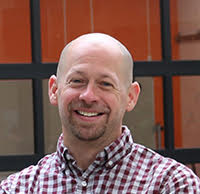 Bruening: The Ohio Scholastic Esports Collaborative (OhioSEC) serves as the portal for new Ohio teams to join NASEF on the scholastic side of competitions as well as joining Esports Ohio for the strictly competitive side of esports. OhioSEC will also serve as a resource for teachers/coaches looking for professional development as well as serving as a link to industry and corporate partners.
Bruening: The Ohio Scholastic Esports Collaborative (OhioSEC) serves as the portal for new Ohio teams to join NASEF on the scholastic side of competitions as well as joining Esports Ohio for the strictly competitive side of esports. OhioSEC will also serve as a resource for teachers/coaches looking for professional development as well as serving as a link to industry and corporate partners.
Q: Where is the funding coming from?
Rider: From the competitive side, Esports Ohio is a completely volunteer 501(c)(3) non-profit organization. Membership is free for all schools involved and is made possible by our generous sponsors and partners. This year, our premiere sponsors for Esports Ohio are the U.S. Army, Ohio Army National Guard and Ares Sportswear. Organizational expenses, venue costs, tournament expenses and prizing are provided by our sponsors and allow us to provide these resources free to member schools.
Q: How will compliance with pandemic protocols affect esports competitions sponsored by Esports Ohio?
Rider: Compliance with pandemic protocols has made it tough for schools not only to open their doors, but, if they are in-person, to also comply with all state and local health requirements. We at Esports Ohio think it is crucial that students compete under the direct supervision of their coaches, and without being in-person this year that was a tough challenge to overcome.
But with nearly 50 percent of the schools in the state not going full-time in-person this fall, we wanted to make sure that we offered a way for students to participate and represent their schools. That is why we released special guidelines to provide students the opportunity to compete under safe and monitored conditions while remote or in-person.
Here are those modified guidelines.
Beyond the remote-play opportunities, we strongly support and encourage districts to comply with all safety regulations for competitions if hosted locally in their schools, set forth by local health departments and state mandates.
Q: How can interested students and educators get more information on competitive esports in Ohio and on your joint collaboration?
Rider: Our resources are available free at https://www.esportsohio.org/resources. We have everything you need to get started with esports at your high school – a complete “getting started” guide, an editable informational PowerPoint to present to your school board, a complete coach’s packet, an editable student interest survey to gauge interest in your school district, a new advisor checklist and a donation request letter to fund your efforts.
Our match procedures and “getting started” coach’s guide can be viewed on our Twitch channel, https://twitch.tv/Esports_Ohio . We also have a library of curricular resources for implementing esports in your school district. Educators can use all of our resources and tweak them to suit their needs.
Bruening: Educators interested in scholastic esports can find links to the NASEF curriculum on the OhioSEC page at https://www.pastfoundation.org/bridge-programs/ohio-scholastic-esports-collaborative. Educators are encouraged to form teams through this portal to gain access to all the benefits of NASEF and Esports Ohio.
Q: Is there anything else you would like to share on competitive esports and learning?
Rider: Esports is reaching a demographic of students that hasn’t been reachable before. It provides a social and emotional foundation for students who have been disconnected from school. Esports also provides a common field for all students, regardless of biology, to compete on an equal level. Esports provides more versatile opportunities than any other educational program, while meeting the needs and passions of today’s learners.
Bruening: Esports is so much more than just playing video games. It is a vehicle for all students to become more engaged with other students like themselves. They will be better prepared to take advantage of opportunities that provide life and career changing pathways.
Q: How did Esports Ohio come to be?
Esports Ohio started in northwestern Ohio after a couple of passionate educators discussed how they had seen students spend countless hours watching other students play the video game Fortnite on YouTube during study halls. After the educators talked to their peers at several area schools and looked into competitive video gaming, or esports, a site visit was planned to Tiffin University’s esports program. Tiffin is one of the first universities in Ohio to invest in a varsity esports program with a dedicated facility. After the site visit, an action plan was developed, and Esports Ohio was born.
In spring 2018, 16 school districts across the state successfully competed in a seven-week online season involving four video games. An online playoff tournament and finals were held, and the first Ohio high school esports season was completed. During the next two years, Esports Ohio would grow to more than 130 school district members and more than 2,600 student competitors.
The first Esports Ohio high school state finals tournament was completed in fall 2019 at Tiffin University, where nearly 20 school districts and more than 100 student competitors traveled from up to 3 ½ hours away to compete in front of 500 in-person spectators for four game titles. State champions were crowned, college recruiters were present and scholarships would ultimately be awarded to Esports Ohio’s top players. Competitive and academic esports pathways were developed for all Ohio high school students. – Nick Rider
